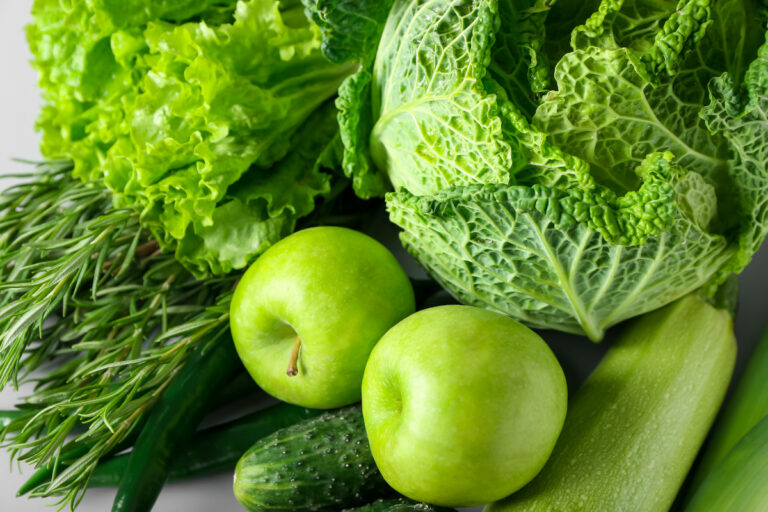Chlorophyll is the green pigment found in the leaves of the tea plant, Camellia sinensis. It plays a vital role in photosynthesis, allowing the plant to absorb sunlight and convert it into energy for growth. In tea leaves, chlorophyll not only contributes to the plant’s growth but also influences the color, flavor, and nutritional properties.
Impact on Different Types of Tea:
- Green Tea: Green tea retains a high amount of chlorophyll because the leaves are minimally processed. The leaves are quickly heated after picking to prevent oxidation, preserving the natural green color and the fresh, vegetal flavor associated with chlorophyll.
- Matcha: Matcha is a type of green tea made from shade-grown leaves, which increases chlorophyll production. The shading process intensifies the green color and enhances the flavor profile, giving matcha its vibrant hue and rich taste.
- Black Tea: In contrast, black tea is nearly fully oxidized, a process which breaks down chlorophyll and turns the leaves dark brown or black. This process results in a different set of flavors and reduces the chlorophyll content significantly.

